Reportar esta entrada
Más sobre la misma comunidad-colección
Apertura de San Jacinto Plaza - 2016 - El Paso, Tejas
Plaza opens to the public in the city of El Paso, Texas.
Club de Mujeres de El Paso - 2016
Seventh Wall of Giants - May 7, 2016 honoring the Woman's Club ...
Club de Mujeres de El Paso - 2016
Seventh Wall of Giants - May 7, 2016 honoring the Woman's Club ...
Club de Mujeres de El Paso - 2016
Seventh Wall of Giants - May 7, 2016 honoring the Woman's Club ...
Club de Mujeres de El Paso - 2016
Seventh Wall of Giants - May 7, 2016 honoring the Woman's Club ...
Club de Mujeres de El Paso - 2016
Seventh Wall of Giants - May 7, 2016 honoring the Woman's Club ...
1966 Jugadores del equipo Texas Western (occidente)
50th Reunion of the 1966 NCAA Texas Western Basketball Team CBS ...
La Corte de Comisionados Resolución 1 de febrero 2016
Commissioners Court Resolution Celebrating the 50th anniversary ...
Celebración del 50 aniversario del Texas Western Team (equipo de Texas occidental) 1966
Celebrating the Texas Western 1966 Basketball Champions with, ...
Jennifer Han - Pesaje en Southwest University Park - 2016
Tom McKay, Jennifer Han and Everett Thomas at weigh-in for ...
Jennifer Han - Pesaje en Southwest University Park - 2016
Jennifer Han will face Calixta Silgado of Colombia after her ...
Jennifer Han y David Ochoa - 2016
Jennifer Han and David Ochoa at weigh in at Southwest University ...
Jennifer Han - Pesaje en Southwest University Park - 2016
Jennifer Han - Weigh In At Southwest University Park - 2016 ...
Jennifer Han - Pesaje en Southwest University Park - 2016
Jennifer Han will face Calixta Silgado of Colombia after her ...
Stephanie Han - Pesaje en Southwest University Park - 2016
Stephanie Han - sister of Jennifer Han at Jennifer's weigh in at ...
Jennifer Han defiende su título de Peso Pluma del IBF - 2016
Jennifer Han defeated Calista Silgado to retain her IBF ...
Jennifer Han retiene su título de Peso Pluma del IBF - 2016
Jennifer Han after her fight with Calista Silgado - she retained ...







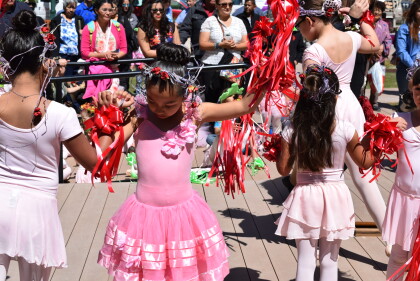

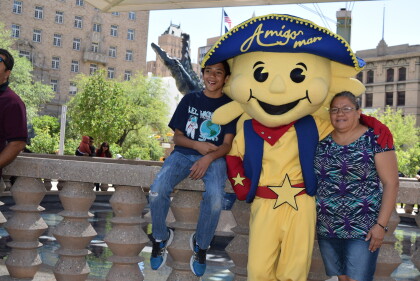
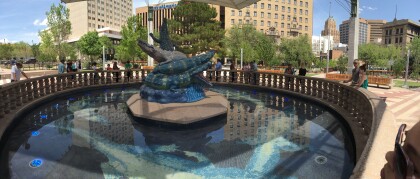





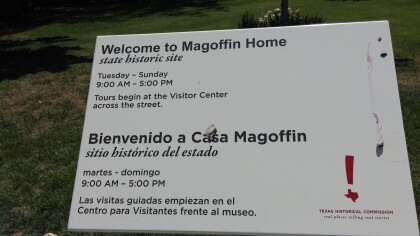
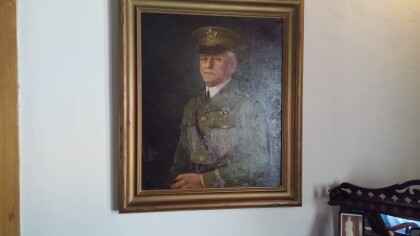
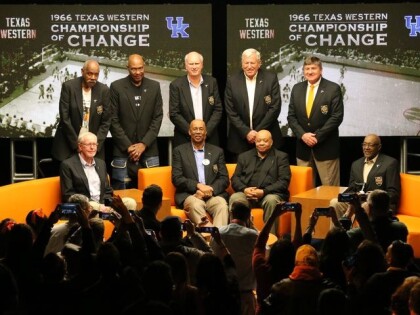
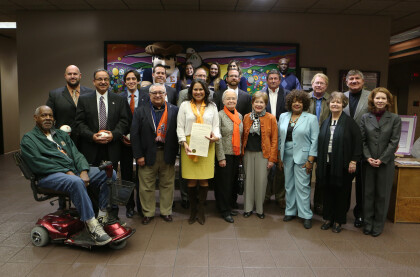

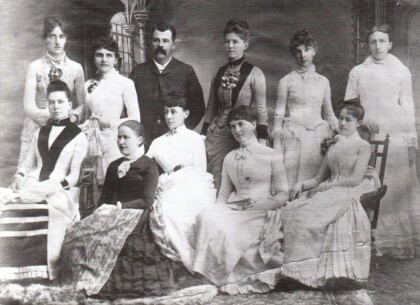
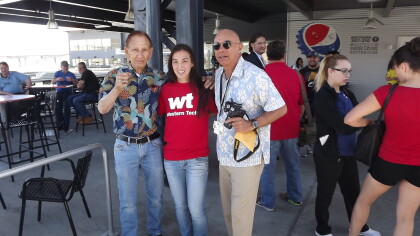




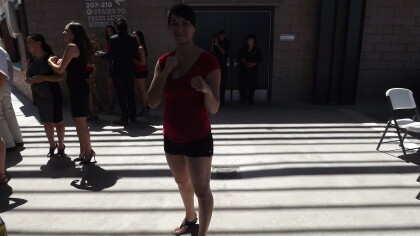


Comentarios
Hacer un comentario